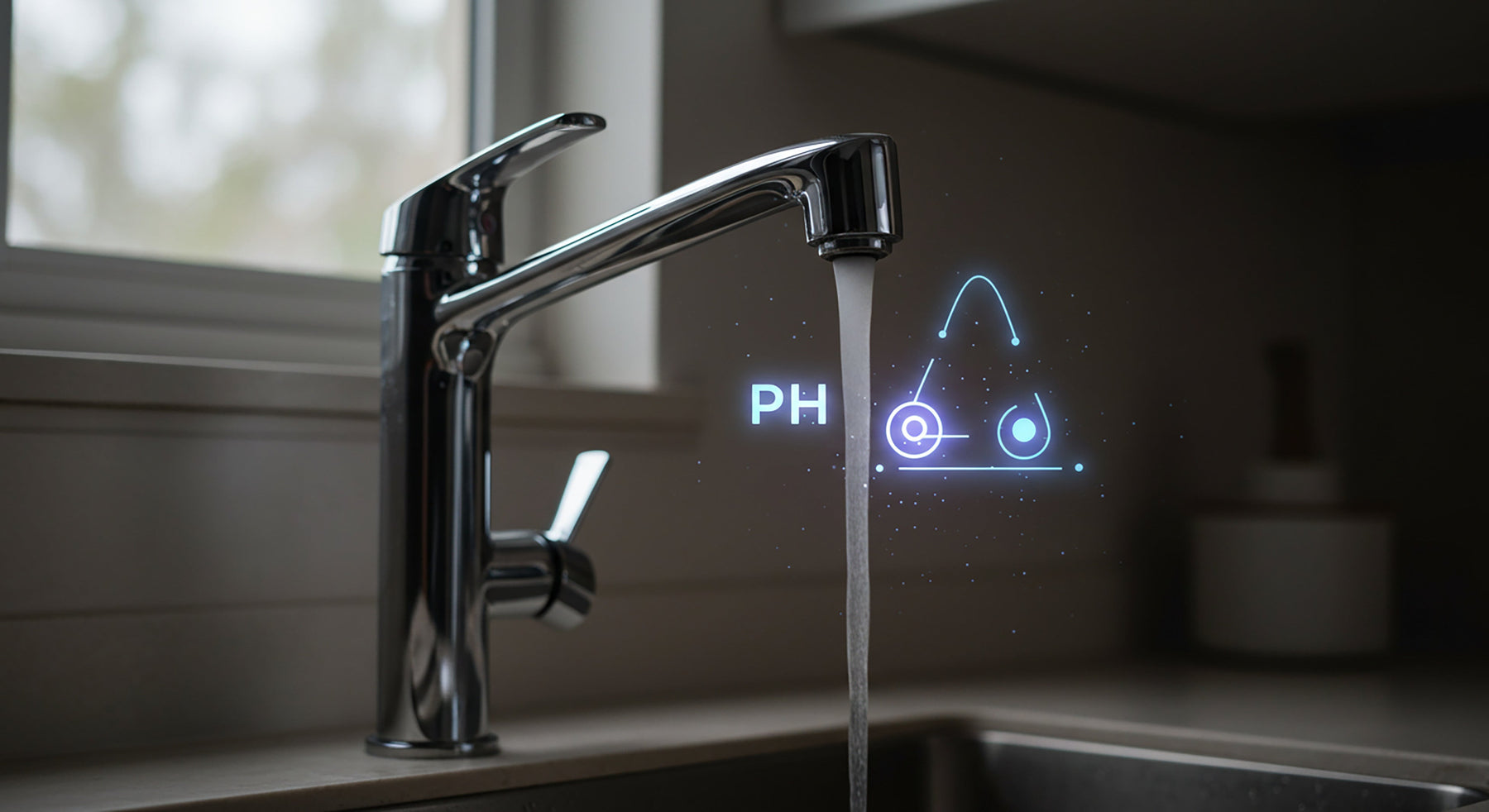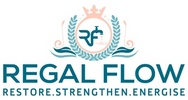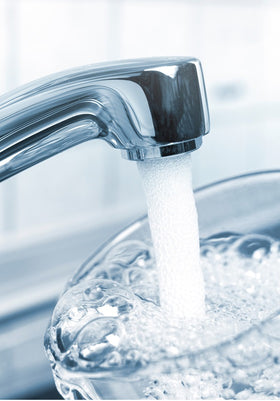
Reverse Osmosis System Water Quality: Everything You Need to Know
Tired of wondering if your water’s really as clean as it claims? Spoiler alert: reverse osmosis is your answer! It’s the secret sauce to purer water, and yes, even countertop dispensers work wonders. In Reverse Osmosis: Specialised Topics and Advanced Insights, we reveal why RO systems are your home’s best-kept hydration hack!
Understanding RO Water Quality
Reverse osmosis is known for its ability to produce some of the cleanest water around. However, to really understand how good your RO water is, we need to take a closer look at the parameters that define water quality.
Key Parameters and Standards
When assessing RO water quality, several key parameters come into play. Total Dissolved Solids (TDS) is the big one here—this measures the amount of dissolved substances in your water. In high-quality RO systems, TDS should be reduced to a safe level, typically below 50 parts per million (ppm). Alongside TDS, RO systems also filter out chlorine, fluoride, heavy metals like lead, and even microorganisms, ensuring that your water is not only clean but safe.
Factors Affecting Water Quality
There are a few things that can influence the quality of your RO water. For instance, if your tap water has high levels of sediment or chlorine, the RO system will have to work harder. Similarly, factors like water pressure and the age of the filters can have an impact. If filters are clogged or the system isn’t maintained, water quality can take a dive. That’s why regular checks are vital to keeping things running smoothly.
Testing and Monitoring RO Water Quality
It’s one thing to install an RO system, but how do you make sure it’s working as it should? Monitoring and testing your water quality regularly is essential to maintaining good filtration and making sure you’re drinking pure water.
Importance of Regular Testing
Think of it like taking your car in for regular MOTs. If you don’t test the water, how will you know if your RO system is actually doing its job? Regular testing can help spot issues like rising TDS levels or an overworked membrane. Catching these problems early means you can fix them before your water quality drops or the system gets damaged.
Methods for Testing Water Quality
Testing your RO water is easy, and there are a few ways to do it. A TDS meter is the most common tool, giving you a quick and simple reading of the dissolved solids in your water. You can also use test strips that detect specific contaminants like chlorine or heavy metals. If you want a more thorough analysis, professional testing services can provide detailed reports, offering peace of mind that your water is pure and safe to drink.
Maintaining Optimal Water Quality
Once you’ve set up your RO system and tested it, the next step is keeping it in tip-top shape. After all, a system that’s well-maintained will deliver cleaner water for longer.
Filter Replacement and System Maintenance
Filters are the backbone of your RO system. They’re the ones doing all the hard work, so replacing them at the right intervals is crucial. For instance, pre-filters typically need changing every 6-12 months, while the RO membrane usually lasts 2-3 years. Maintenance isn’t just about changing filters, though—cleaning your system regularly and checking for any build-up or blockages will keep everything running smoothly. A little attention can go a long way!
Troubleshooting Quality Issues
What happens if you notice a drop in water quality? If your water starts tasting off or your TDS readings climb higher, it’s time to troubleshoot. Check the water pressure to make sure it’s within the recommended range. A drop in pressure could mean a clogged filter or a damaged membrane. If that doesn’t solve the problem, it might be time to replace one of the components.
Benefits of High-Quality RO Water
Now, let’s talk about the benefits of drinking high-quality RO water. Beyond just satisfying your thirst, RO water can improve your overall well-being, health, and even the taste of your food and drinks.
Health and Taste Improvements
When you drink RO water, you’re not just hydrating—you’re making a choice for better health. Without contaminants like chlorine, heavy metals, and bacteria, you’re giving your body the cleanest water possible. Plus, the taste is significantly better. Many people notice that their water is crisper, fresher, and just plain nicer to drink, which encourages better hydration habits. Clean water also means better cooking—whether you’re brewing tea, making coffee, or cooking your meals, RO water can elevate the taste.
Applications in Various Industries
It’s not just about drinking water. High-quality RO water is used in a wide variety of industries, from pharmaceuticals and food production to laboratories and electronics manufacturing. These sectors rely on pure water to maintain the highest quality standards for their products and processes. If RO water can meet the strict standards of these industries, it’s certainly good enough for your home.
Addressing Common Concerns
Despite all the benefits, there are a few common concerns people have about reverse osmosis systems, particularly when it comes to the removal of minerals and the overall efficiency of the process.
TDS Levels and Mineral Content
One common concern is the impact of low TDS levels on water’s mineral content. While RO systems do reduce TDS, they don’t necessarily strip away all essential minerals. Some systems even include a mineral filter to add back beneficial minerals like calcium and magnesium, ensuring your water is balanced and healthy.
Ensuring Safe Drinking Water
While it’s true that some minerals are removed during the filtration process, the primary goal of an RO system is to remove harmful contaminants. Whether it’s bacteria, viruses, or heavy metals, the system’s job is to ensure your water is free from anything that could harm your health. If you’re worried about losing beneficial minerals, look for a system with a remineralisation feature, which adds back the good stuff.
Conclusion: Maintaining Superior RO Water Quality
To wrap things up, keeping your RO water system in top condition is all about consistent maintenance and testing. A few simple steps, like regular filter replacements and monitoring water quality, can make a big difference in the water you’re drinking every day.
Key Takeaways on Water Purity
-
Regular testing is essential for ensuring high-quality water.
-
Maintenance, including filter replacement and system checks, keeps things running smoothly.
-
RO water offers health benefits, improved taste, and is used across industries for its purity.
Final Recommendations
If you want to enjoy the purest water, invest in a high-quality reverse osmosis system, and stick to a maintenance routine. With proper care, you’ll be able to enjoy fresh, safe, and great-tasting water for years to come.
More Reverse Osmosis info we think you'll love
Reverse Osmosis Filter Replacement Service
Reverse Osmosis Power Consumption
Reverse Osmosis System Connections
When to Change Reverse Osmosis Filters
Reverse Osmosis Countertop System
Tankless Reverse Osmosis System
Reverse Osmosis Water Filter for Aquarium
Can Reverse Osmosis Remove Bacteria?
How to Fix Low Water Pressure in a Reverse Osmosis System
How to Remove Air from a Reverse Osmosis System



Leave a comment